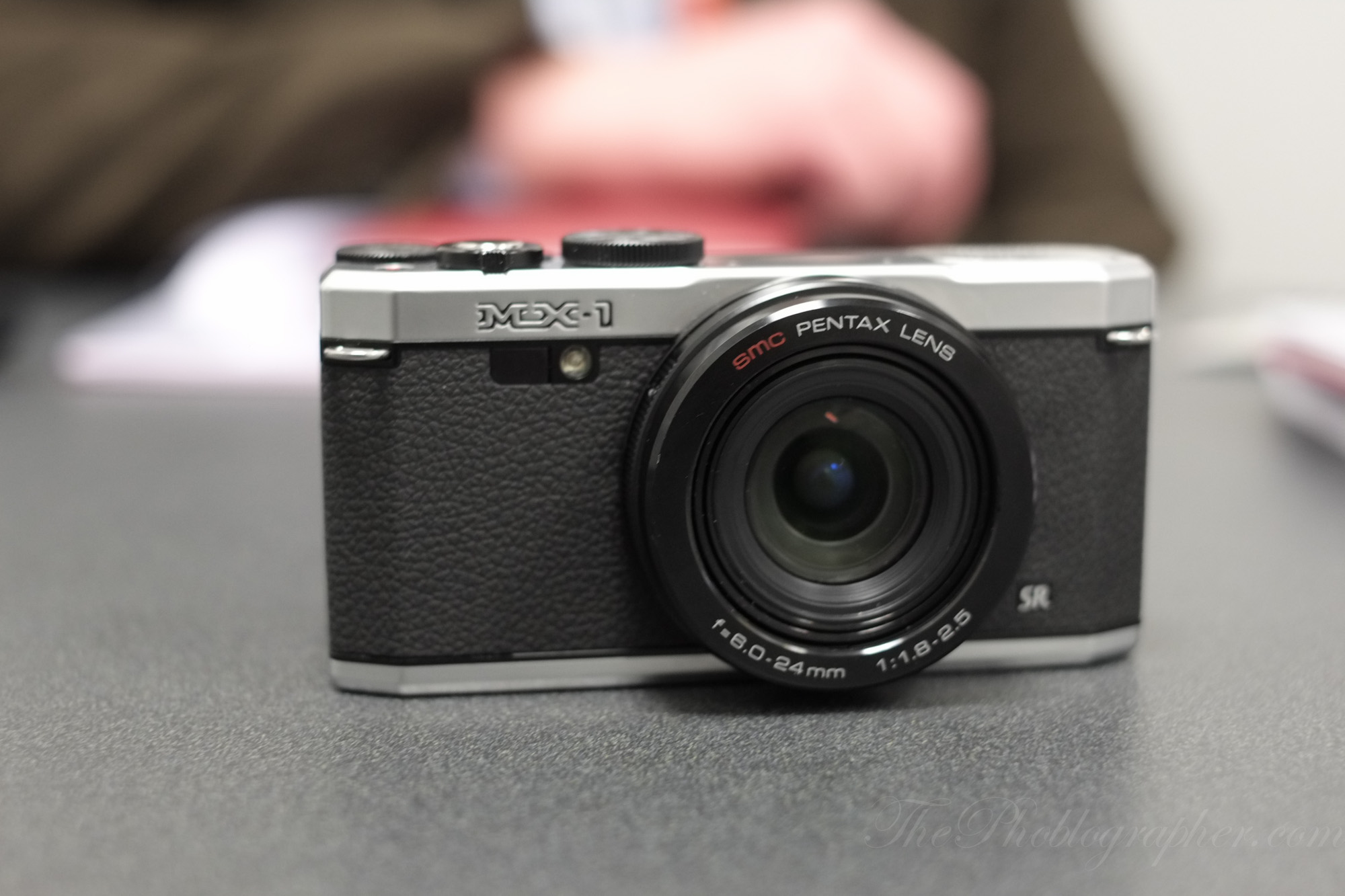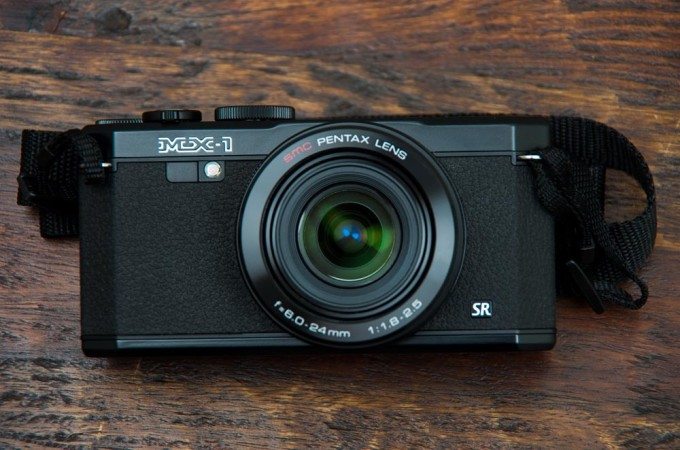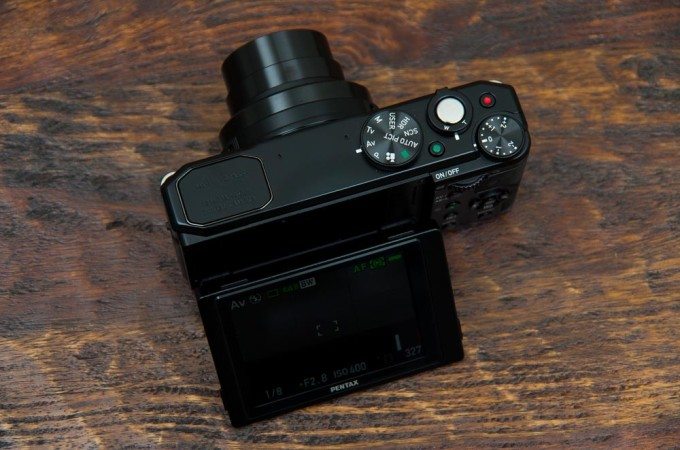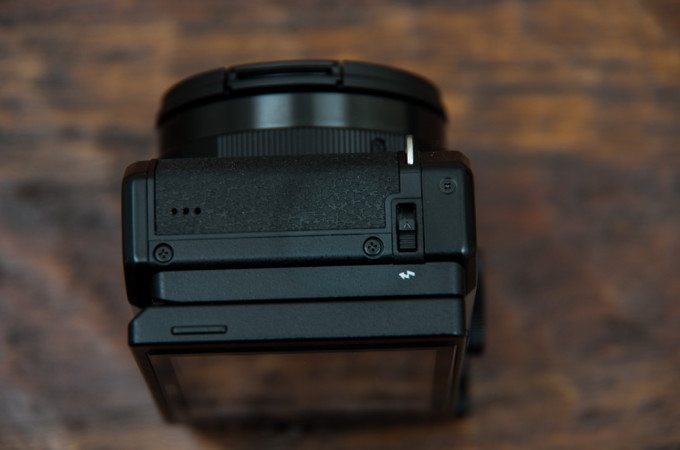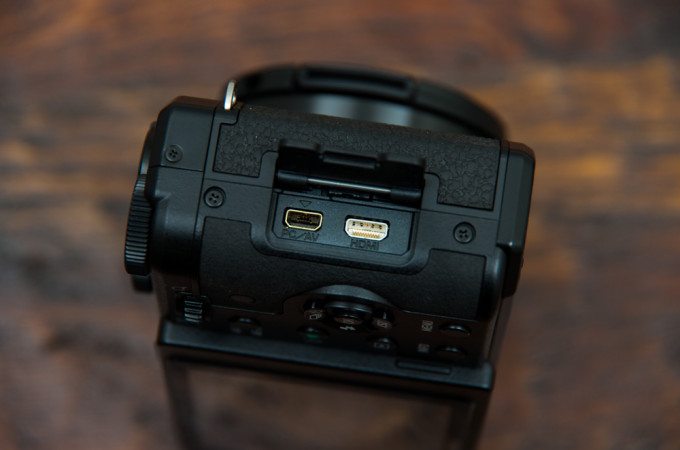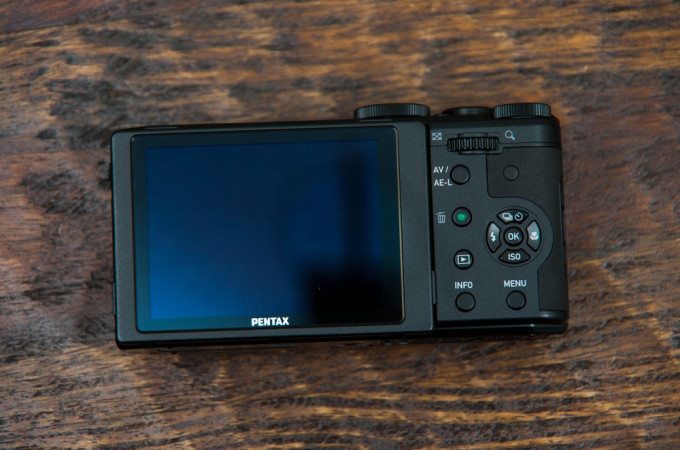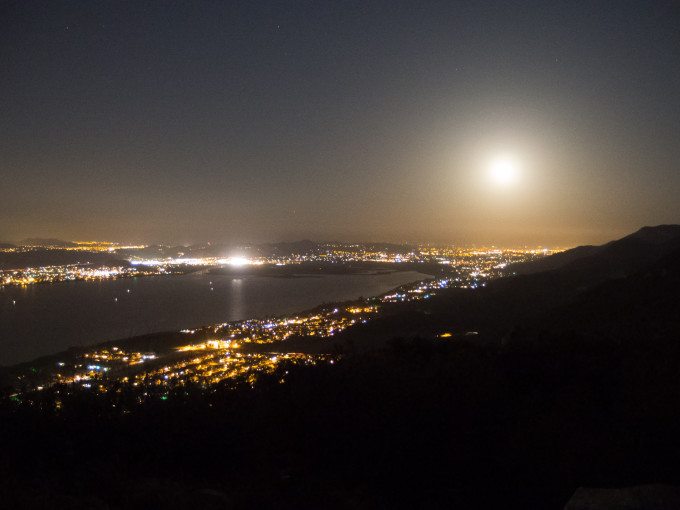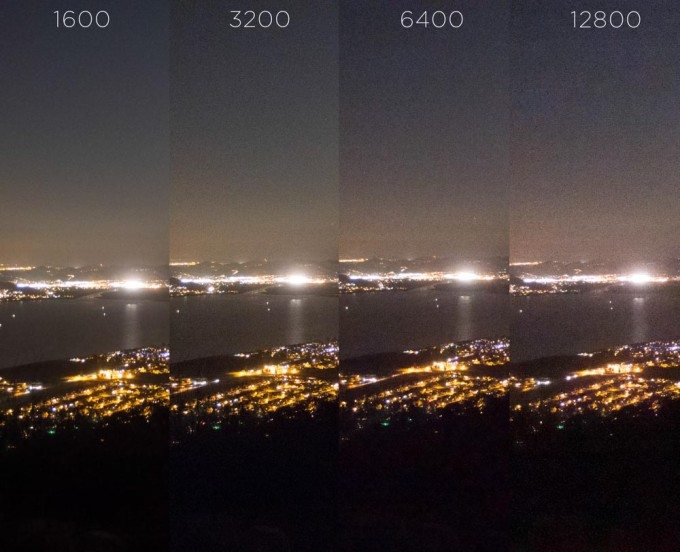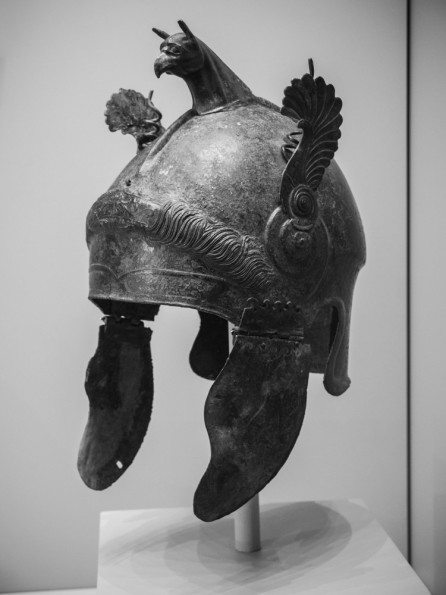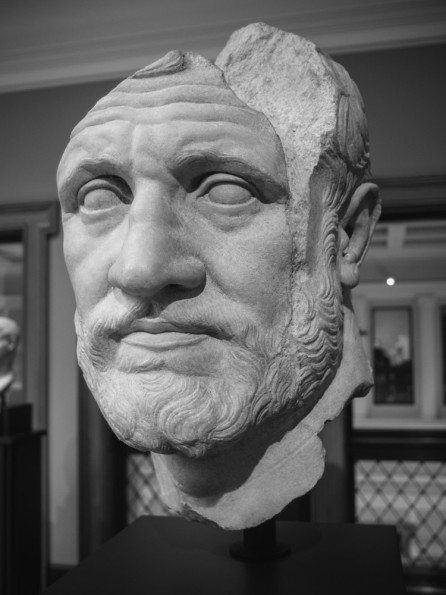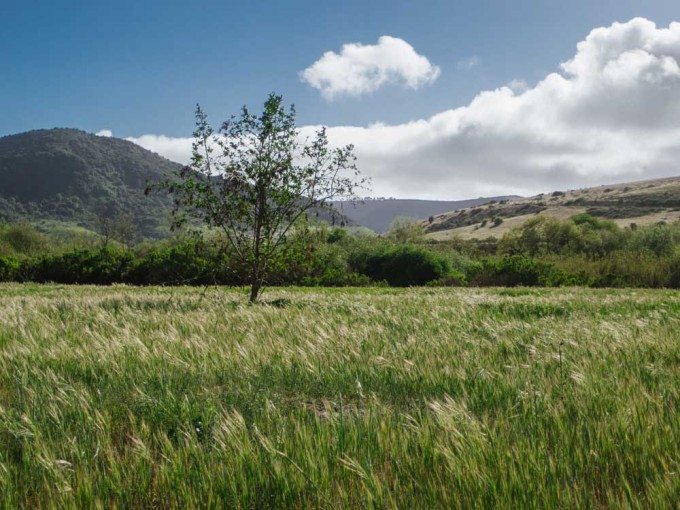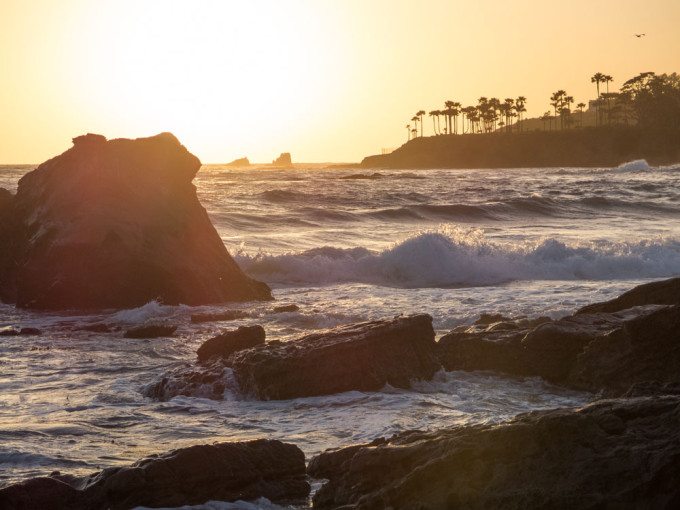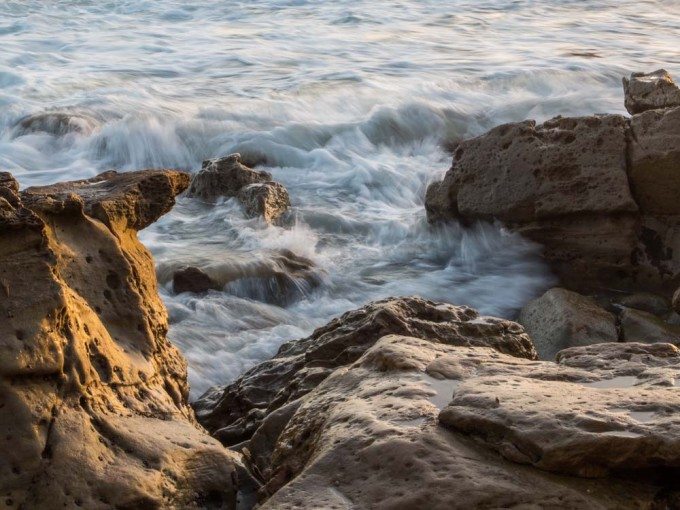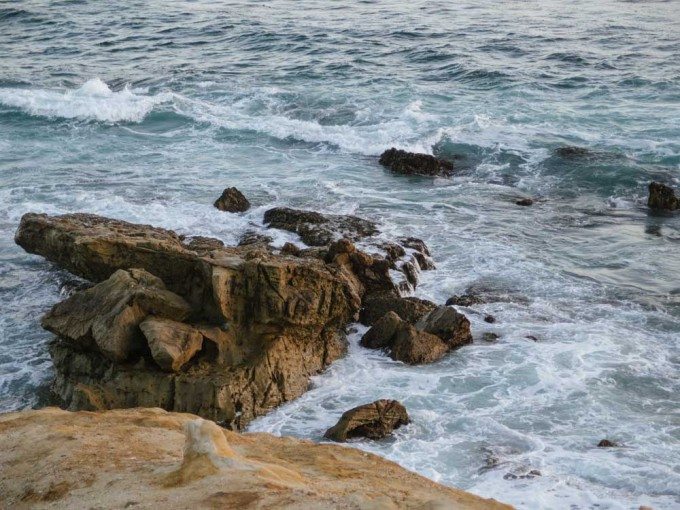Last Updated on 01/08/2024 by Chris Gampat
The Pentax MX-1 is a new retro-styled compact camera on the market (a new trend that I am an enormous fan of personally). They (Pentax) have been so gracious as to loan me one for a while to share my thoughts and experiences with it. I have had a chance to spend some time with the camera, and the following are my thoughts about the Pentax MX1.
Table of Contents
Pros & Cons
Pros
- Sturdy construction with the brass top / bottom plates
- Great battery life overall.
- Impressive image quality for a 1/1.7″ sensor
Cons
- No hot shoe! I’m saddened by this.
- 1/1.7″ sensors in enthusiast cameras aren’t going to cut it anymore.
- Write-speeds are on the slow side to SDHC cards
Pentax MX1 Tech Specs
Tech Specs copied from Adorama’s Product Page
| Resolution | Effective: 12.0 Megapixel, Actual Pixels: 12.76 Megapixel |
| Sensor | 1/1.7″ Backlit CMOS |
| Lens | smc PENTAX zoom lens, 11e in 8g (4 aspherical elements) Focal length (equiv.): 6.0-24mm (28-112mm) Aperture: F1.8 (wide) – F2.5 (tele) Smallest Aperture: F8 |
| Zoom | Optical zoom: 4X, Digital zoom: 1.95X, Combined zoom: 7.8X Intelligent zoom: Approx 5.2X at 7M, approx. 7.8X at 3M (including optical zoom) |
| LCD/Viewfinder | LCD: 3.0″ Tiltable color TFT with AR Coating (Tilt down to 45°, up to 90° (approx.)) LCD resolution: (approx. 920,000 dots) Wide angle viewable: 170° |
| Focus System | TTL contrast detection autofocus |
| Focus Modes | : Auto, Spot, Tracking , AF Select (25 Points), Infinity Landscape, Manual Focus, Pan Focus, AF Point Switching |
| Manual Focus | Yes (by pressing the shutter release button half way) |
| Focus Range | Normal: 1.3′ to infinity (wide), 5.2′ to infinity (tele) Macro: 2″ to 19.7″ (wide) 8″ to 19.7″ (tele) Super Macro: 0.4″ to 7.9″ (1cm) (wide) |
| Drive Modes | One shot, Continuous Shooting, Burst Shooting(L/H), Self-timer (2 or 10 sec.), Remote Control (immediately or 3 sec.), Auto Bracketing Continuous FPS: Approx 1 FPS for 6 frames Multi-exposure: n/a, Interval Shooting: n/a |
| Timing | Startup: approx. 1.6 sec., Release Time Lag: approx.. 0.019 sec. Continuous Shooting: approx. 1.57 fps (maximum approx. 37 frames |
| High-speed Continuous Shooting: | [Burst Shooting L] approx. 2.86 frame/sec (for up to 10 frame) [Burst Shooting H] approx. 4.21 frame/sec (for up to 10 frame) |
| Image Stabilization (Shake Reduction) | Still: Sensor-Shift SR, Digital SR (ISO 100-12800), Dual (SR & Pixel Track SR) Movie: Movie Shake Reduction Mode (Movie SR) (Maximum effect of 3 stops using Sensor-Shift SR) |
| Metering System | Type: TTL, Multi-segment, Center-weighted or Spot Exposure compensation: +/- 2 EV (1/3 steps) |
| ISO | Auto: 100-12800* Auto ISO Range: ISO 100-200, ISO 100-400, ISO 100-800, ISO 100-1600, ISO 100-3200, ISO 100-6400, ISO 100-12800 Manual: 100-12800 Auto ISO Range for Digital SR: 100 – 12800, Dynamic Range Adjustment: Yes *Fixed at ISO 100-1600 in Handheld Night Snap, Green modes. |
| Shutter | Programmed AE electronic lens shutter w electronic sensor shutter |
| Shutter Speed | 1/2000 sec. – 1/4 sec., max. 30 sec. (1/8000 sec. – 30 sec. with Shutter Priority, Aperture Priority,Manual Exposure, and combination of electronic shutter enabled), Bulb |
| Effective Flash Range | 1.31 – 40′ (wide, auto ISO), 1.31 – 29′ (tele, auto ISO) |
| File Formats | Still: RAW (DNG), JPEG(conforms to Exif 2.3), conforms to DCF2.0, DPOF, PRINT Image Matching III Movie: MPEG?4 AVC/H.264 |
| Internal Memory | 75.3 MB (approx.) |
| Memory Card Type | SD, SDHC, SDXC |
| Interfaces | Ports: USB 2.0 Hi-Speed, PC/ AV out, HDMI (Type D) out Video out: NTSC, PAL Printer interfaces: n/a |
| Dimensions (W x H x D) | 4.8 x 2.4 x 2.0″ (excluding protrusions) |
| Weight | Without battery or removable memory: 12.8 oz (approx.) Loaded and ready: 13.8 oz (approx.) |
Ergonomics
On the front face of the camera there isn’t much in the way of controls, but you can see the AF illumination lamp off to the side. There is also the fixed zoom lens as well as a nice grippy material on the camera.
On the top plate of the camera is the main control dial, power button, zoom toggle, exposure compensation dial and video recording button. Off to the left side of the camera is the pop-up flash which is activated by a switch on the left hand side of the camera.
Pentax’s MX1 has a top plate made of brass that is specifically make from the material to have the camera look better with age.
On the side is where the switch is located for the pop-up flash. Additionally the microphone for video recording is located here as well, so don’t cover this up if you’re shooting video!
On the other side of the camera is the camera’s proprietary USB port and micro-HDMI port which will allow you to connect it to your TV.
On the rear of the camera is where the rest of the buttons are located. Here you’ll find the directional controls, custom functions, aperture control, exposure dial, ISO button, playback and more. Thankfully they all have major functions which makes your time spent digging through menus minimal. This is a good thing.
Build Quality
With brass top and bottom plates this little camera feels quite solid in the hands. I have seen some early complaints about the size of the camera–specifically that it is too big and chunky for a point & shoot. I can understand that sentiment as it’s the largest compact I’ve seen in a while, but I love that aspect about the camera! I have big hands and sometimes these tiny cameras are very difficult to operate with my not-so-dainty mitts. It has just the right amount of heft and while I’m sure I won’t be with the camera long enough to see the top & bottom plates gain some brassing, I imagine that will look quite cool. In the month that I’ve been using the camera, nothing has skipped a beat, and I think that the only potential weak point is the lens barrel when extended (not an uncommon thought for any P&S camera).
Autofocus
I’m happy to say that autofocus in the Pentax MX-1 is both quick and accurate (most of the time). I only had less than a handful of shots that were not correctly focused and that’s likely my own fault, not the camera’s. I insist on sticking to only one focusing point, right in the center, and sometimes that doesn’t always work to my benefit. Overall, I think that due to the size of the sensor, the depth of field in your images is going to be so great that minor AF issues are going to be masked by so much being generally in focus. The main thing is that it responds quickly and without issue. In low light there is a noticeable drop in the speed which the camera can acquire a lock on the subject, but it’s still pretty decent.
By the time you get to no-light situations it take considerably longer, but is this any surprise? I don’t think so.
Ease of Use
I’m very much a figure-it-out-myself kind of guy, which means I only resort to user manuals if I absolutely HAVE TO. While some of the menus may take a little getting used to (unless you’re already an avid Pentax digital camera user), I didn’t have too hard of a time figuring out how to operate pretty much every major function on the camera.
+1 for Pentax.
The controls are all in very logical places and I love having quick access to exposure compensation. That really is an important feature for cameras, and when it’s buried in a menu I just can’t stand that. I’m glad Pentax has chosen to give us a hardware dial to control this feature. I really couldn’t find anything that was just downright confusing to operate on this camera.
I do have to note, however, that there is something of a lag when recording RAW images to an SDHC card. I tried a few different sizes and speeds, and it was the same across the board. It’s not a deal-breaker in my opinion because I don’t often review an image instantly after I shoot it, but the times I wanted to, I had to wait a few seconds to confirm the shot was as expected. It may not seem like much, but a few seconds can make-or-break a scene if you’re shooting on the fly. My suggestion is to just shoot multiple frames and review later.
Metering
The aperture on the Pentax MX-1 is only able to stop down to f8 so I had to test it at 1/500 @ f8 instead of my usual 1/125 @ f16 (Sunny-16 Rule) and it was spot on in all of my tests. I have a habit of shooting on aperture priority mode with most cameras, and for the most part the MX-1 was always picking an appropriate shutter-speed for my chosen aperture (with one or two hiccups here and there).
Image Quality
There’s been a recent trend towards cramming a large sized sensor into a compact camera body, and as such, it’s almost strange to read about / think about compact cameras that still have tiny sensors. My past experiences with compact cameras has always been that they’re convenient to have around, but I would never rely on one for serious image-making. Well, that was 2007 and this 2013. Times have changed.
The MX-1 has actually impressed me so far. There’s no getting around the limitations of a 1/1.7″ sensor, but they have good glass in front of it and a smart processing engine inside the camera. Naturally with compact cameras, the closer you are to your subject, the better your image quality is going to be, as these tiny sensors struggle to render fine detail at long distances. It’s still certainly passable, but you’ll see far greater image quality if you stay up close.
High ISO
The MX-1 is able to record an image from ISO 100 all the way up to 12,800. Naturally with compact cameras I usually would not expect very usable image quality past ISO 400 (maybe even 800), but I have to say that I was pleasantly surprised with what this camera can do. Images were still printable at 1250 ISO which to me was an astonishing feat for such a small sensor. Technology has clearly improved over the years. With some careful processing I imagine that one could still use ISO 3200 files, but 6400 and 12,800 do become quite noisy and should only be used when you HAVE to get the shot.
RAW File Versatility
The files from the MX-1 seem to handle processing (I’m using Lightroom 4.4) fairly well, though there are some limitations of the dynamic range in the highlight areas of images that get overexposed. Again this is all well within my expectations for a sensor of this size, so it’s not actually a knock against the camera.
Conclusions
When I first laid eyes on the Pentax MX1, I was struck with an immediate wave of nostalgia. This is due in no small part that my very first camera was a Pentax MX, this camera’s spiritual predecessor. I was pleased with how solidly built the camera is, and never having had a camera with an LCD that can move about, I have to say that it has been a lot of fun to shoot with. It’s a very nimble and quiet machine which allows one to shoot in a very discreet manner. I have been pleased by the image quality I was able to extract from it, but I was a little (just a little) disappointed in the fact that the sensor was only a 1/1.7″ rather than something like an APS-C sized one.
I do wish it was slightly less expensive, because coming in just under $500 makes this a rather high priced compact camera. Especially when one takes into consideration the reality that the new Ricoh GR (with an APS-C sized sensor) is coming in at $800 makes that price-point slightly hard to justify. Regardless, I enjoyed my time with the Pentax MX-1, as I found to this camera to be a lot of fun to work with. I liked how discreet and quiet it was, and the overall experience was largely positive. If you’re interested in picking one of these up, you can do so from places like Amazon, or Adorama.
Please Support The Phoblographer
We love to bring you guys the latest and greatest news and gear related stuff. However, we can’t keep doing that unless we have your continued support. If you would like to purchase any of the items mentioned, please do so by clicking our links first and then purchasing the items as we then get a small portion of the sale to help run the website.
Also, please follow us on Facebook, Flickr and Twitter.


